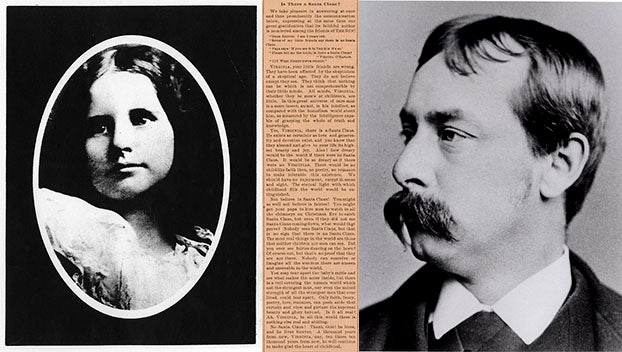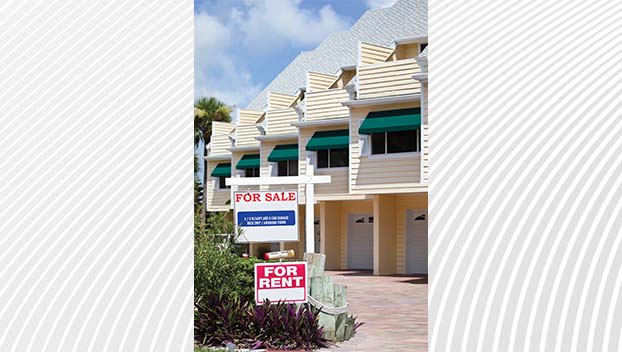Be prepared to stop
Published 7:48 pm Thursday, July 30, 2015
Although it’s happened just 13 times since 1999 — not even averaging once a year since 1999 — it’s 13 times too many.
What’s 13 times too many? Children killed by motorists passing stopped school buses.
In about a month, school buses return to the streets, roads and highways as they transport children to and from school. One would think all motorists know that passing a stopped school bus — in many instances — is dangerous and against the law. Apparently, that may not be the case.
On March 26 of this year, according to information provided by the N.C. Department of Public Instruction, 3,153 vehicles passed stopped school buses. School buses are a safe way to transport children to and from school. The danger lies in those children getting on and off those buses.
When it comes to drivers who illegally pass stopped school buses, prosecution should be pursued and anyone found guilty should be punished. And those who pass stopped school buses must face the consequences. Those consequences could be costly, from being fined, being assessed points on one’s driver’s license, losing the privilege to drive to serving prison time.
Reuben Young, a former N.C. Department of Crime Control and Public Safety secretary, sums it up best: “A child’s life should never be put in danger just to save a minute or two during a daily commute. That’s why we’re going to make sure people know the law as well as the consequences of breaking it.”
To help protect children who ride school buses, here’s a refresher course in laws concerning passing stopped school buses.
• On a two-lane road: When a school bus stops for passengers, all traffic from both directions must stop.
• On a two-lane road with a center turning lane: When a school bus stops for passengers all traffic from both directions must stop.
• On a four-lane road without a median separation: When a school bus stops for passengers, all traffic from both directions must stop.
In Washington, 15th Street east of U.S. Highway 17 is an example of a four-lane road without a median separation. When a school bus stops on that section of 15th Street, traffic from both directions must stop.
• On a divided highway of four lanes or more with a median separation: When a school bus stops, only traffic following the bus must stop.
• On a roadway of four lanes or more with a center turn lane: When a school bus stops for passengers, only traffic following the bus must stop.




